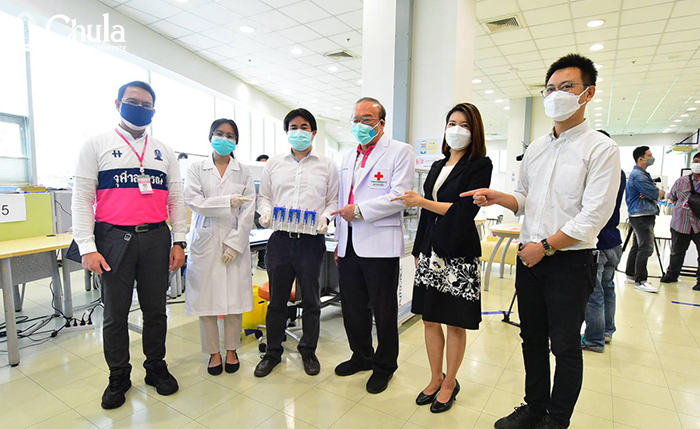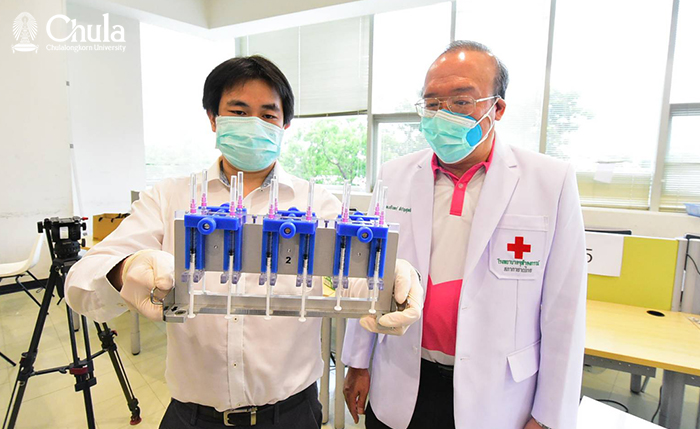A virtual online colloquium between Faculty of Applied Sciences (Wood Technology), Universiti Teknologi MARA (UiTM) Pahang Branch, Malaysia and Faculty of Regional Environment Science, Tokyo University of Agriculture (TUA), Japan was conducted on 29th September 2021.
This colloquium was intended for education and research collaboration as to provide information on the technological advancement related to forest and wood products between the two institutes.
The sharing sessions were made accessible to all UiTM Pahang staff and students. Around 50 participants took the opportunity to attend the colloquium. The programme was chaired by Professor Iwao Uehara from TUA by featuring one speaker from both universities.
Dr Nurrohana Ahmad represented UiTM Pahang while TUA was represented by Associate Professor Dr Takao Momoi.
The event covered some research topics related to the monitoring of wood and trees growth using Dendrometer, wood identification, wood products from waste wood, and the production and physicochemical properties of particle board from palm oil trunks. The discussion encouraged opportunities to interact and collaborate between the participants and speakers aside from knowledge and experience sharing.
Associate Professor Dr Wan Mohd Nazri Wan Abdul Rahman as the Deputy Rector of Research and Industrial Linkages, UiTM Pahang Branch expressed his gratitude for the willingness of both parties in taking a step further for the collaboration and is looking forward to the positive impacts it would bring in the future.
“It is hoped that the strategic partnership will be further initiated to strengthen, promote, and develop the international collaboration in holistic areas of academic, research and cultural activities,” he said.
The Director of Department of Agricultural Engineering, Tokyo University of Agriculture, Professor Dr Mihara Machito on the other hand agreed that despite the new norm imposed by the pandemic, the joint venture promises great room for improvement in the related fields.
“We at TUA are very excited to participate in this virtual online colloquium, and we expect that this collaboration will benefit both parties in every way, including academics and innovations involving our academicians, administrative staff, and students.”
This online colloquium was aligned with Sustainable Development Goal (SDG) No.17, which focuses on implementation and revitalizing the global partnership for holistic and sustainable development. It is believed that this collaboration can bring positive impacts and visibility to the community at large and UiTM in particular.















